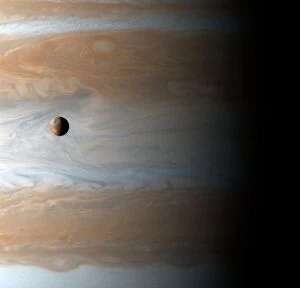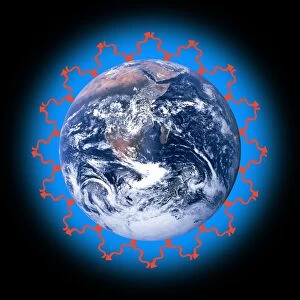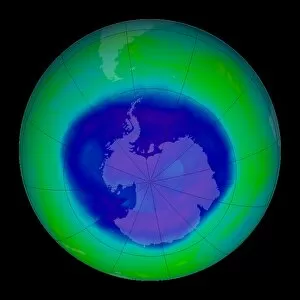Atmospheric Chemistry Collection
Atmospheric chemistry is a fascinating field that explores the intricate interactions between various chemical compounds and our Earth's atmosphere
All Professionally Made to Order for Quick Shipping
Atmospheric chemistry is a fascinating field that explores the intricate interactions between various chemical compounds and our Earth's atmosphere. One of the most intriguing examples can be found in the study of Io, one of Jupiter's moons. The Cassini image captured this celestial body, revealing its unique volcanic activity caused by complex chemical reactions occurring within its atmosphere. In 1998, NASA's DC-8 Airborne Science platform soared through the dark blue sky, showcasing its remarkable capabilities as a research aircraft. With a right bank over the rugged Sierra Nevada Mountains, this former airliner known as "dash-72" embarked on numerous scientific missions to unravel atmospheric mysteries. As it flew near Lone Pine, California, against a backdrop of snow-covered Sierra Nevada Mountains, the DC-8 Airborne Laboratory continued to gather valuable data about our planet's air composition. This flying laboratory even performed left banking turns above Palmdale Airport in California while conducting experiments related to atmospheric chemistry. After completing successful flights and collecting crucial information from different regions like Mint Canyon near San Gabriel Mountains or Edwards Air Force Base in California, NASA's DC-8 landed gracefully at Edwards Air Force Base. Its journeys provided insights into global pollution patterns with conceptual images depicting environmental challenges we face today. Another significant contribution came from Picard satellite artwork which showcased how satellites play an essential role in monitoring our Sun and understanding solar influences on atmospheric chemistry. By studying these interactions between space and Earth through advanced technology like Picard satellite imagery, scientists gain deeper knowledge about climate change and ozone depletion processes. Through continuous exploration and research efforts such as those conducted by NASA's DC-8 airborne laboratory or innovative satellite missions like Picard satellite artfully depicted alongside our Sun; we strive to comprehend atmospheric chemistry better for sustainable future endeavors.











